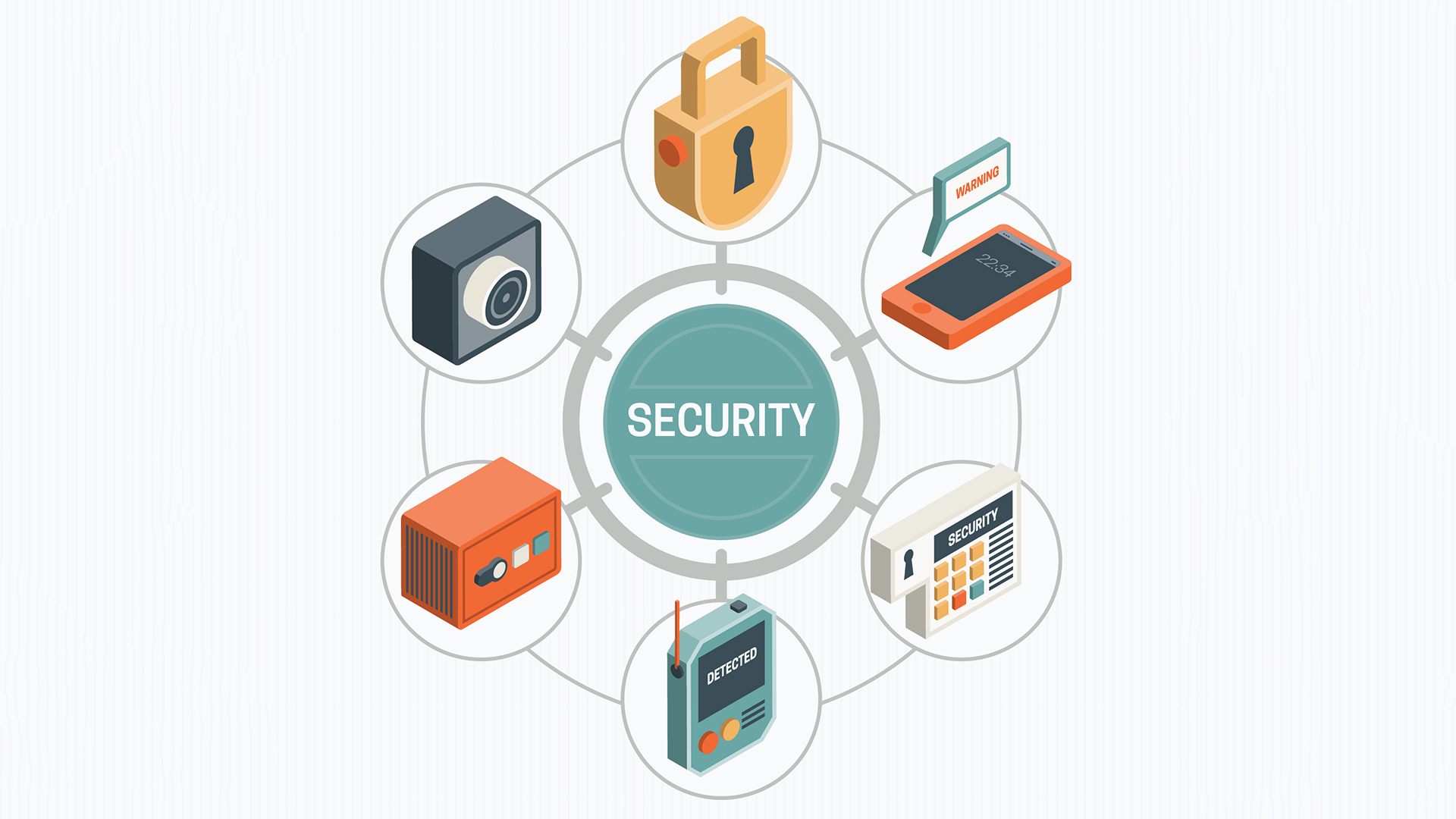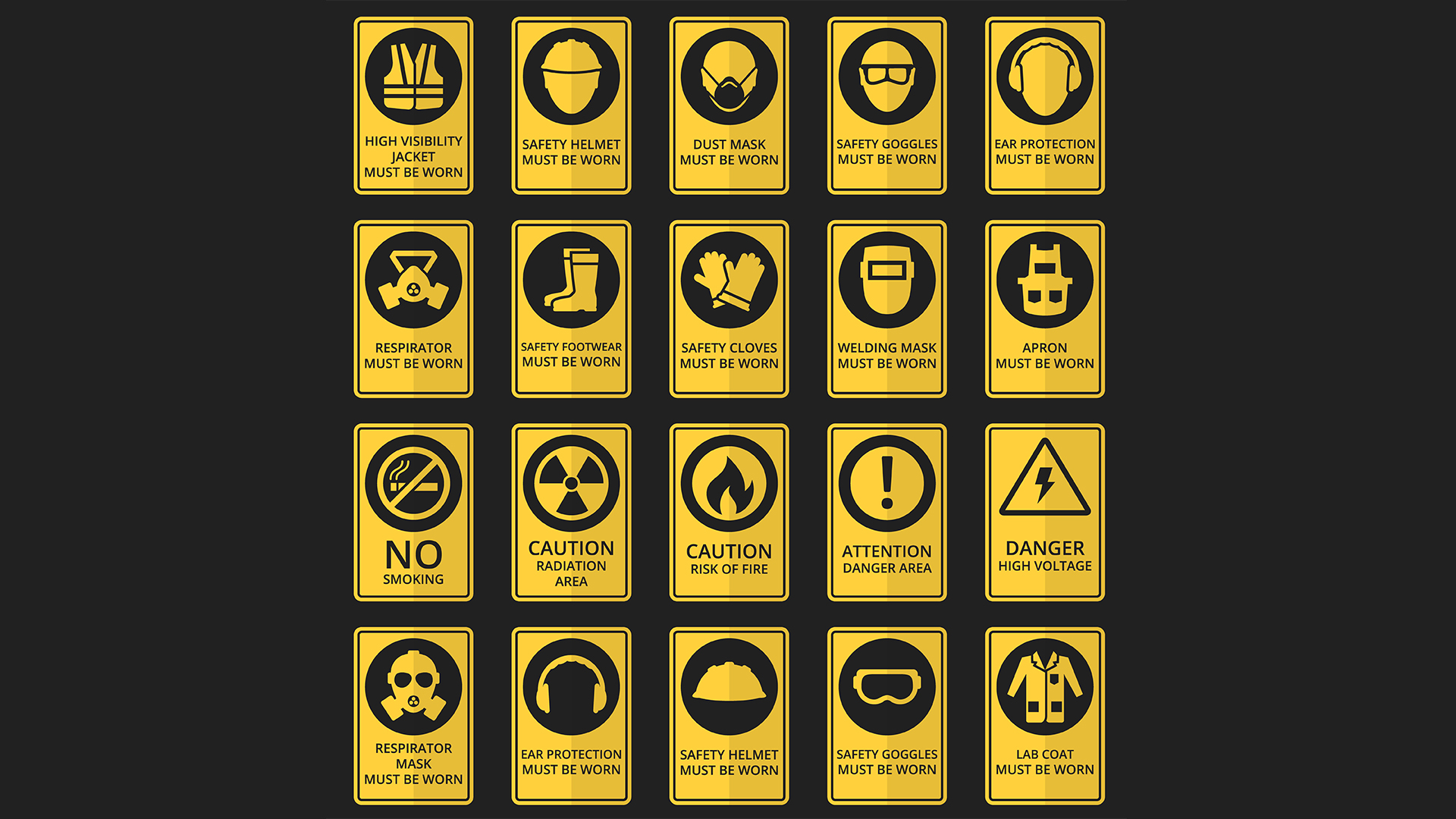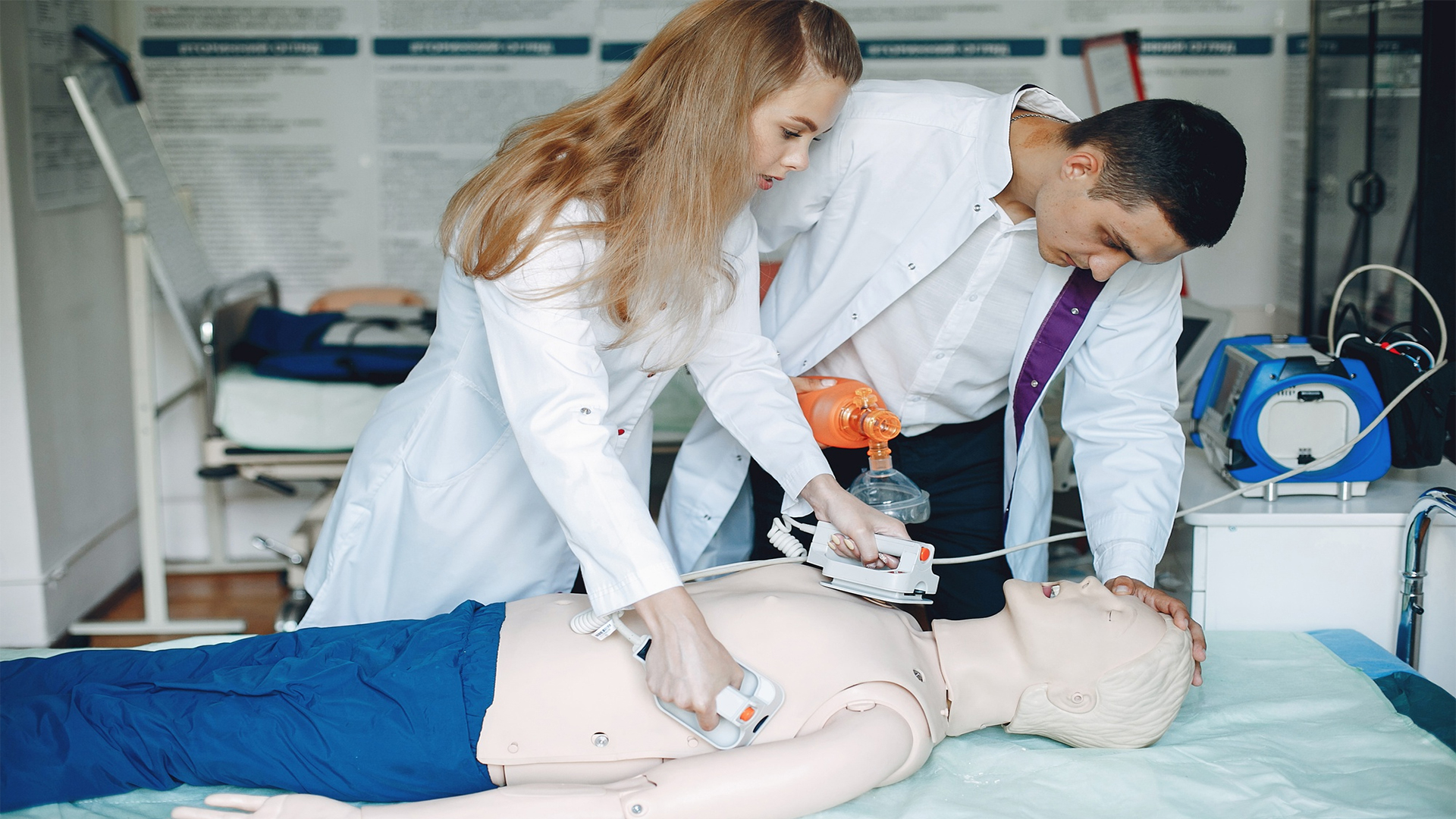
Advanced Incident Investigation & Root Cause Analysis Techniques
Course overview
Globally, incidents with Health, Safety and Environment (HSE) results or these potential repercussions are becoming more frequent. Such incidents not only cause severe human injuries but also numerous fatalities as a result of significant incidents.
Major incidents may include fire, explosion, hazardous or fatal discharges, collapse of buildings or scaffolding, collapse of maritime constructions, etc. depending on the industry. The relevant industry must pay close attention to such incidents and take all reasonable steps to prevent, minimize, and contain them. If incidents quickly escalate beyond an organization’s control, they could destroy its assets and put an end to its operations.
An organization can employ incident investigation and root cause analysis to reduce or eliminate occurrences that might otherwise result in harm to people, destruction of property or equipment, loss of productivity, or negative effects on the environment.
In order to take corrective and preventive measures, the reported incidents with HSE implications are examined to determine their underlying causes. As a result, an organization is able to reduce or completely avoid problems in the future and so present a positive image among its staff, the business community, in addition to insurance, legal, and regulatory agencies.
This Training Bee course will empower participants with comprehensive knowledge of the need and procedures for handling Incident Investigation and Root Cause Analysis (RCA).
Introduction
Safety is a fundamental concept that underlies any organization’s performance and well-being. Your work as safety professionals is critical in protecting employees, the environment, and the community from potential dangers and risks. This thorough course has been carefully designed to provide you with the knowledge, skills, and expertise needed to become a certified safety professional, driving safety excellence and fostering a safety culture within your organization.
Participants will embark on a transformative journey throughout this training, learning the fundamental principles of safety management, risk assessment, compliance, emergency preparedness, and continuous improvement. Our skilled teachers will lead you through interesting courses, interactive seminars, and practical simulations that will put your problem-solving and decision-making skills to the test.
As a participant in this course, you will obtain a thorough understanding of safety best practices, regulatory standards, and the necessary tools for creating a safe work environment for employees. You will learn how to do complete risk assessments, create effective safety programs, and put safety controls in place to reduce possible hazards.
We are The Training Bee, a global training and education firm providing services in many countries. We are specialized in capacity building and talent development solutions for individuals and organizations, with our highly customized programs and training sessions.
This course is designed to fulfill your learning goals and prepare you for the responsibilities of a safety professional, whether you are new to the field or looking to improve your existing skills. Your commitment to safety and excellence will have a long-term impact on the lives of your coworkers and the community at large.
Prepare to start on a thrilling journey of professional development and advancement as a certified safety specialist. Let us work together to make workplaces and communities safer, healthier, and more secure. Hello and welcome aboard!
Learning Objectives
Upon completing Certified Safety Professional Training Course, participants will be able to:
- An understanding of the impact of dangers in the workplace
- Understanding, recognizing, and controlling workplace physical, mechanical, ergonomic, biological, and psychological hazards
- Knowledge and abilities required to gather, organize, and analyze information and patterns that contribute to workplace hazards.
- The ability to assess present work procedures and machinery and identify strategies to control or reduce hazards discovered
- The ability to command, manages, allocate responsibilities, and administer aid in an emergency.
- Complete understanding of workplace safety rights and obligations, as well as the use of ethical methods in carrying out their duties
Our Unique Training Methodology
This interactive course comprises the following training methods:
- Journaling – This consists of setting a timer and letting your thoughts flow, unedited and unscripted recording events, ideas, and thoughts over a while, related to the topic.
- Social learning – Information and expertise exchanged amongst peers via computer-based technologies and interactive conversations including Blogging, instant messaging, and forums for debate in groups.
- Project-based learning
- Mind mapping and brainstorming – A session will be carried out between participants to uncover unique ideas, thoughts, and opinions having a quality discussion.
- Interactive sessions – The course will use informative lectures to introduce key concepts and theories related to the topic.
- Presentations – Participants will be presented with multimedia tools such as videos and graphics to enhance learning. These will be delivered engagingly and interactively.
Training Medium
This Certified Safety Professional Training Course training is designed in a way that it can be delivered face-to-face and virtually.
Course Duration
This training is versatile in its delivery. The training can be delivered as a full-fledged 40-hour training program or a 15- hours crash course covering 5 hours of content each day over 3 days
Pre-course Assessment
Before you enroll in this course all we wanted to know is your exact mindset and your way of thinking.
For that, we have designed this questionnaire attached below.
- What is a Certified Safety Professional’s (CSP) position in an organization and how does it differ from other safety-related roles?
- Describe the major components of an effective safety management system and how they contribute to a safe workplace.
- Identify key workplace dangers that CSPs must face and provide examples of how to mitigate them.
- Explain the significance of employee participation in fostering a strong safety culture within a company.
- What are the important steps in completing a comprehensive safety risk assessment?
- How does a CSP successfully convey safety principles and procedures to employee’s at all organizational levels?
Course Modules
This Certified Safety Professional Training Course covers the following topics for understanding the essentials of the Agile Workplace:
Module 1 – Auditing and Standards
- General industry standards.
- Hazardous industries have industry norms and policies.
- Safety Inspection.
- Consultation.
- Procedure modifications.
Module 2 – Occupational hygiene and safety
- Patient education
- Evaluation of occupational exposure
- Workplace fitness
- Management of Occupation Health
- Equipment security
Module 3 – Professionalism in action
- Keeping records and reporting
- Design and implementation of research
- Management of Risk
Module 4 – Ergonomics in the workplace
- A summary of workplace ergonomics
- Identifying ergonomic risks
- Guidelines for Ergonomics
- Injury and illness prevention in the musculoskeletal system
Module 5 – Evacuation and emergency preparedness
- Emergency preparation
- Fire protection
- Creating and maintaining emergency exit routes
Module 6 – Risk management
- Safety from Falls
- Conned areas
- Preventing Fires
- Dangers of combustible dust
- Pathogens found in the blood
Module 7 – Hazardous Substances
- Workplace exposure to asbestos
- Management of extremely dangerous materials
- Hazardous materials storage and handling
- Hazardous waste communication training
Module 8 – Workplace Injury Prevention
- Bolting for Security
- Personal safety equipment
- Machine safety guarding
- LOTO stands for lockout-tag out.
Post-course Assessment
Participants need to complete an assessment post-course completion so our mentors will get to know their understanding of the course. A mentor will also have interrogative conversations with participants and provide valuable feedback.
- What are your key responsibilities as a Certified Safety Professional (CSP) in supervising safety in an organization?
- Describe the major components of an effective safety management system and how they contribute to a safe workplace.
- As a CSP, how do you ensure that safety requirements and standards are followed inside your organization?
- Explain the measures you would take as a CSP to conduct an investigation and execute corrective actions in the event of a workplace incident.
- Give examples of how you will foster a safety culture in your organization and encourage employee participation in safety measures.
- How do you assess safety hazards in various job circumstances and what precautions would you take to limit such risks?
Lessons Learned
Certified Safety Professionals play an important role in delivering effective safety leadership, empowering people, and pushing safety programs inside their organizations.
Compliance and Standards: Maintaining a safe work environment and eliminating potential risks requires ensuring compliance with safety legislation and industry standards.
Risk management is critical for preventing workplace mishaps and accidents by identifying, assessing, and managing risks. Safety professionals use their knowledge to implement effective controls and reduce hazards.
Fostering a strong safety culture entails engaging employees at all levels, raising safety awareness, and encouraging a proactive attitude to safety.
Incident Investigation and Learning: Certified Safety Professionals are prepared to conduct thorough incident investigations and execute remedial actions to avoid similar incidents in the future.
“Certification enables the release of safety expertise.”







